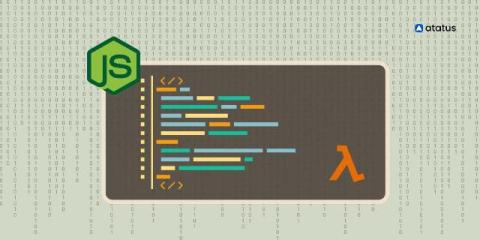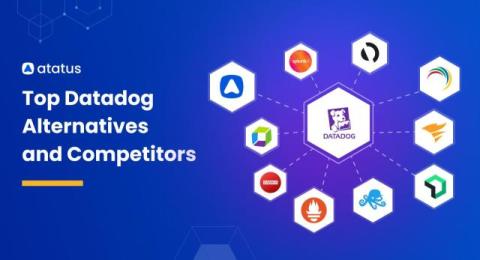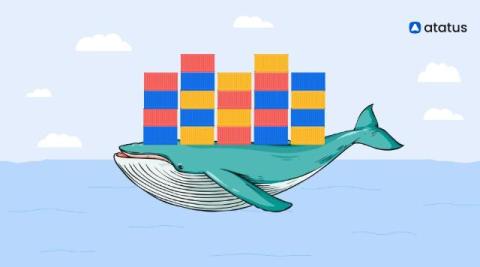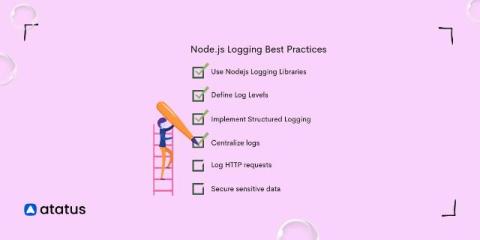Integrating Distributed Tracing in Node.js Application
This architecture allows Node.js to handle thousands of concurrent connections with low overhead, making it highly efficient for building high-performance web servers and microservices. With many such systems adopting microservices and going for a distributed architecture, the necessity to monitor them has also increased. It is difficult to monitor every transaction and how it interacts with other services, so a distributed tracing system deserves a lot of attention here.









